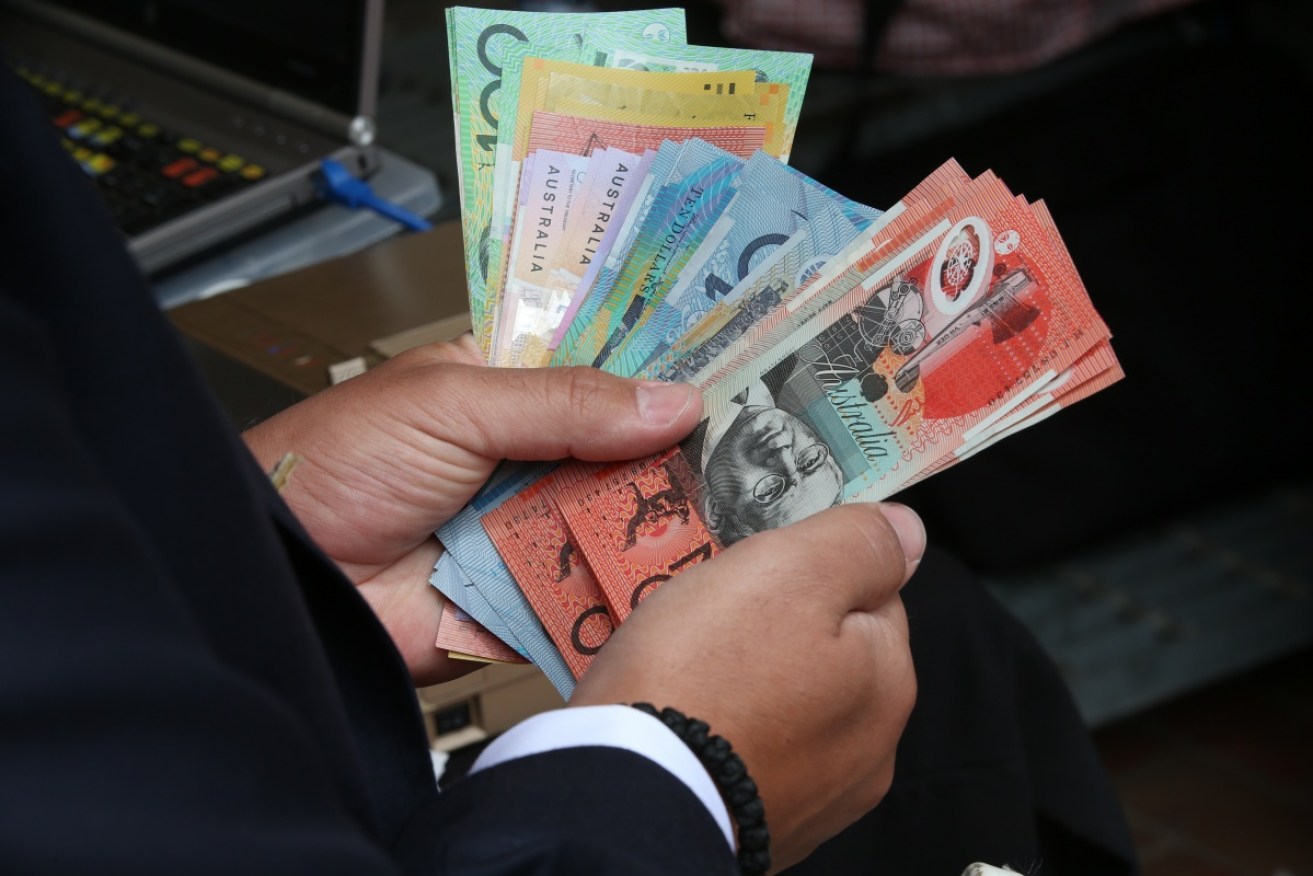Wages growth boost for household spending


Growing wages could boost Christmas sales at the most important time of year for retailers.
Finally, wages growth is showing some signs of life.
After barely producing a pulse in recent years, wages are growing at their fastest annual pace since 2015.
The annual rate of 2.3 per cent – according to official figures announced on Wednesday – might not conjure up visions of bulging personal bank accounts. But it is comfortably above the rate of inflation at 1.9 per cent, potentially increasing the spending power of households.
The wage price index – the Reserve Bank and Treasury’s preferred measure of wages growth – grew 0.6 per cent in the September quarter, up slightly from the same quarter last year.
It was enough to lift the annual rate out of the 1.9 to 2.1 per cent range that has dominated for the past few years and been the slowest growth in at least two decades.
This modestly rosier picture takes into account the Fair Work Commission’s endorsement of a 3.5 per cent rise in the minimum wage, which commenced on July 1.
Bruce Hockman, chief economist at Australian Bureau of Statistics, which compiles the official data, said a majority of industries recorded a higher rate of growth than last year.
This was “reflecting the influence of improved labour market”, he said.
Indeed, the unemployment rate fell to a six-year low of 5 per cent in September.
The underemployment rate – which measures workers who are seeking additional employment – is also slowly easing after hitting a record high at the start of the year.
Reserve Bank Governor Philip Lowe expects the strength of the economy, more generally, will mean the jobless rate falls further, to 4.75 per cent, in coming years.
He predicted this should bring a “gradual” rise in wages.
Above-inflation wages growth has been the missing ingredient in an economy that is solidly growing at more than 3 per cent. But whether it can grow at the relatively heady pace of 2.75 per cent in this year financial year and 3.5 per cent by 2021/22 – as predicted by then treasurer Scott Morrison in May – remains to be seen.
Still, signs of rising wages, albeit modest at this stage, could provide a further boost to consumer confidence and translate into stronger retail spending heading into the crucial Christmas shopping period.
Confidence surveys suggest there is already a certain amount of resilience among consumers in the face of recent high petrol prices, political uncertainty generated by another change in prime minister and endless stories predicting Armageddon in the housing market.
The latest Westpac-Melbourne Institute survey – conducted before the new wage growth figures – shows optimists have outnumbered pessimists for 12 months in a row. Compare that to the previous 12 months, when pessimists held sway on 11 occasions.
Even so, the Westpac survey found just 10 per cent of respondents expected to spend more on gifts this Christmas than last year, while a third expected to spend less. That is a combined net outcome that is slightly more negative than last year’s.
Rising wage growth would be a gift to the Morrison government as it tries to emphasise its economic management prowess heading into next year’s federal election.
However, with its voter support sliding even further in the latest Newspoll, you would think wage growth would have to be doing a lot better than 2.3 per cent.
Colin Brinsden is a former Australian Associated Press economics correspondent based in the Canberra Press Gallery.








